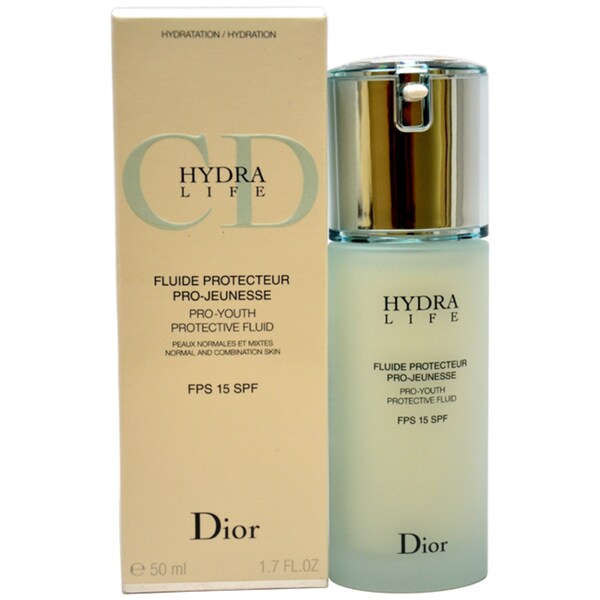

Sometimes surgery or other procedures may be needed. Most heart defects resolve by themselves over time, and some can be fixed with medicine. The treatment for your child’s heart defect will depend on the cause of the problem. This is usually a liquid they drink or a small squirt given up the nose by syringe. It is not painful but may be a bit uncomfortable.īecause your child must lie very still for these tests, sometimes they are given some sedation (medicine sedation to make them feel sleepy). Your child will feel some pressure as the scanner is pushed quite firmly.
HEART PRO YOUTH TV
HEART PRO YOUTH SKIN
ECG (an electrocardiogram) - wires are attached with sticky dots on the skin of the chest, arms and legs.Chest X-ray - a simple and quick X-ray of the chest.There are several tests performed to diagnose heart defects, most of which are simple, quick and painless: You will be referred to a paediatrician or paediatric cardiologist (children's heart specialist). If your child has any of the symptoms of a heart defect, see your GP. Sometimes, certain illnesses in childhood cause damage to the heart.Ĭhildren can get problems with their heart after a viral infection (a virus). Sometimes heart problems are due to genetics (there is a family history of It is not caused by anything the mother did during her pregnancy, and often doctors cannot tell why the defect has happened. Usually, a heart defect develops when the baby is still growing in the uterus. This means either the blue and red blood gets mixed up, or the heart may not pump very well.

they may be too narrow or completely blocked). a hole in the heart) or a problem with the valves (e.g. Sometimes there is a defect in the walls of the heart (e.g. Walls in the heart keep the red and blue blood separate, and valves (like one-way doors) keep the blood flowing in the right direction. Blood that has returned from the body back to the heart does not have much oxygen, and is often called blue blood because it has a darker blue colour.
HEART PRO YOUTH FULL
The blood from the lungs, which is full of oxygen, is often called red blood, as it looks bright red. The left side collects the fresh blood back from the lungs and pumps it to the rest of the body.Īrteries are the tubes that carry blood away from the heart and veins are the tubes that return blood to the heart. The right side collects blood from the body and sends blood to the lungs to collect oxygen from the air we breathe.

The heart has four chambers (like rooms) – two on each side of the body. These symptoms result from a reduced oxygen supply to the body, which happens because the blood does not have as much oxygen as usual, or the heart does not pump as well as it should.


 0 kommentar(er)
0 kommentar(er)
